True safety in the OR isn't about what you report to CMS and the various rating agencies that will grade you for quality. Self-reported safety surveys offer a lot of wiggle room to sidestep accountability, says Joyce Wahr, MD, vice chair of quality and safety for the department of anesthesiology at the University of Minnesota. How many anesthesiologists are really going to check "no" when asked if their patient was sufficiently warm before they were brought into the OR? Even a low number of adverse events can lead you to a false sense of security.
"The system can have a huge number of blatant hazards and vulnerability, and the patients are still resilient, and we get by with it," says Dr. Wahr.
For surgical facilities, the task of keeping patients safe does not come down to one specialist or one policy, says Dr. Wahr. It's about culture. You can believe you're safe because you haven't had a catastrophe in your OR, but that attitude will set you up for problems down the line, says Dr. Wahr.
"When we don't communicate," she says, "really bad things can happen."
Here are 5 perspectives from safety experts about protecting patients in the OR and the things you need to be doing to get better.
.svg?sfvrsn=be606e78_3)
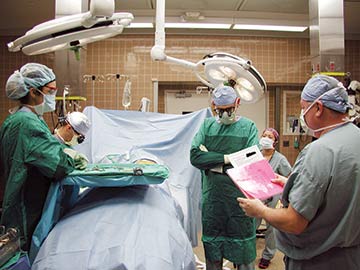
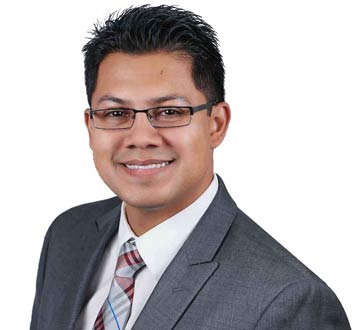
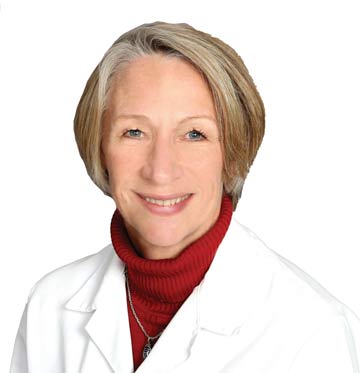
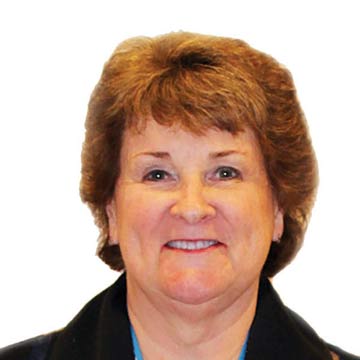
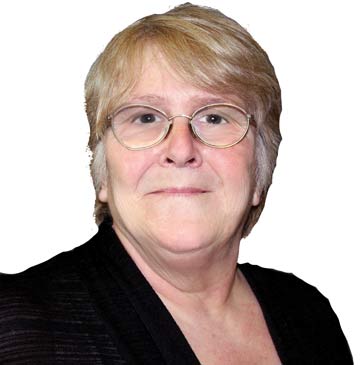

.svg?sfvrsn=56b2f850_5)